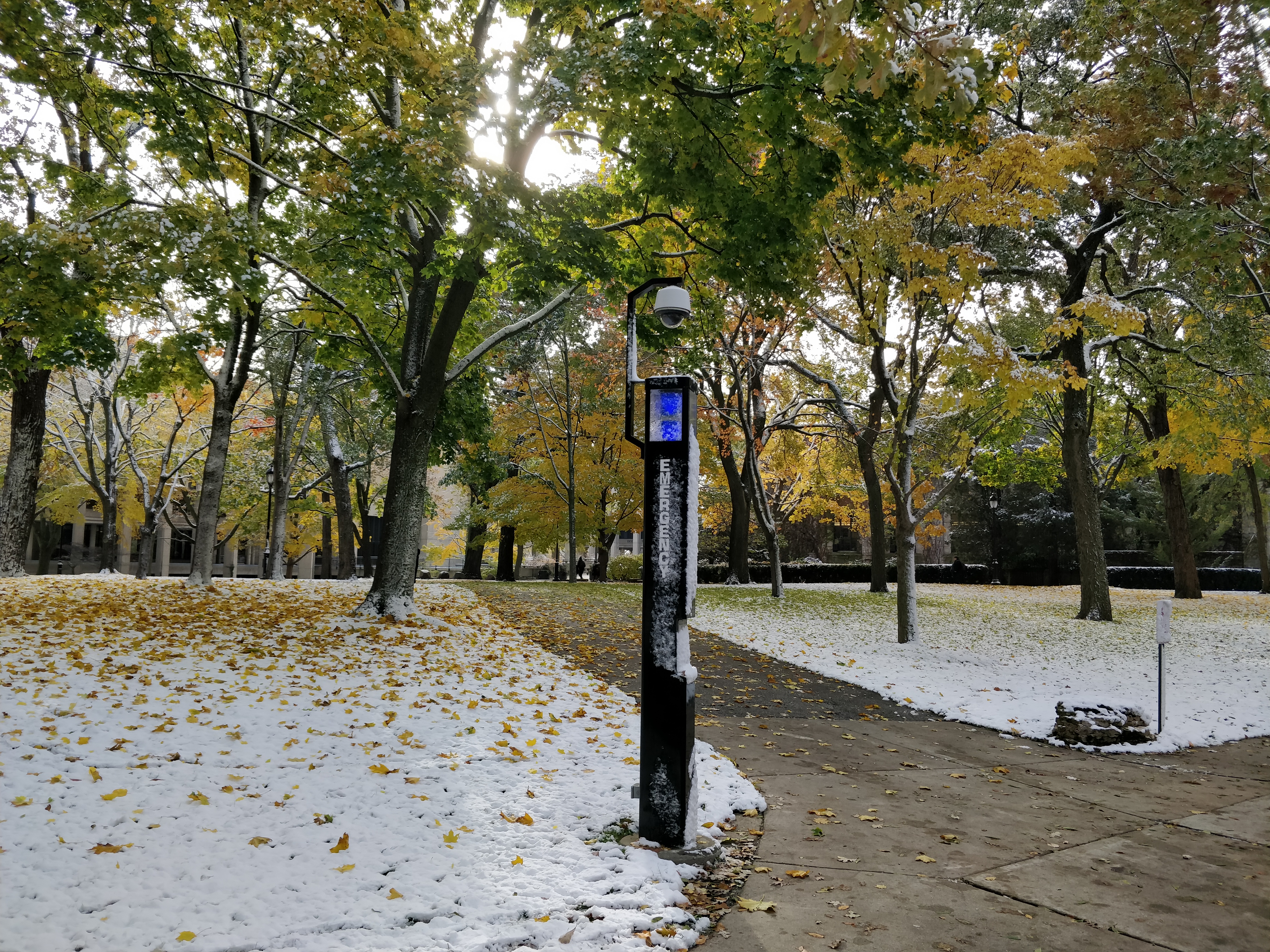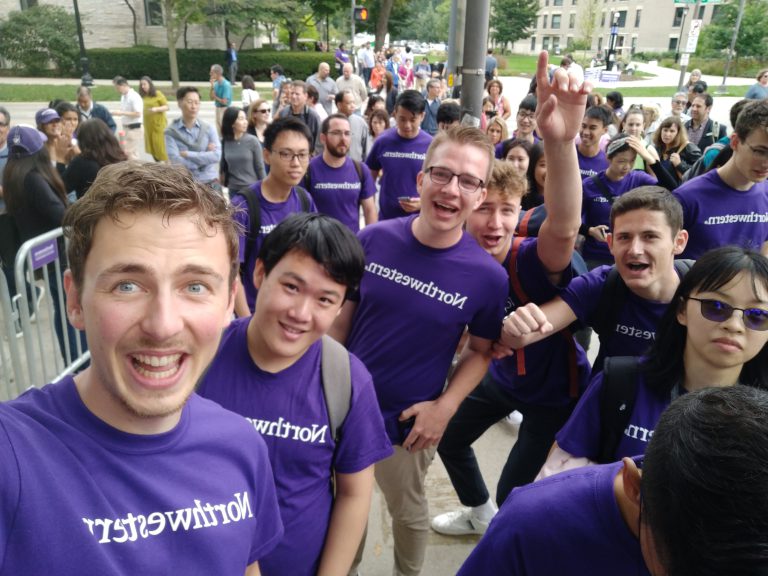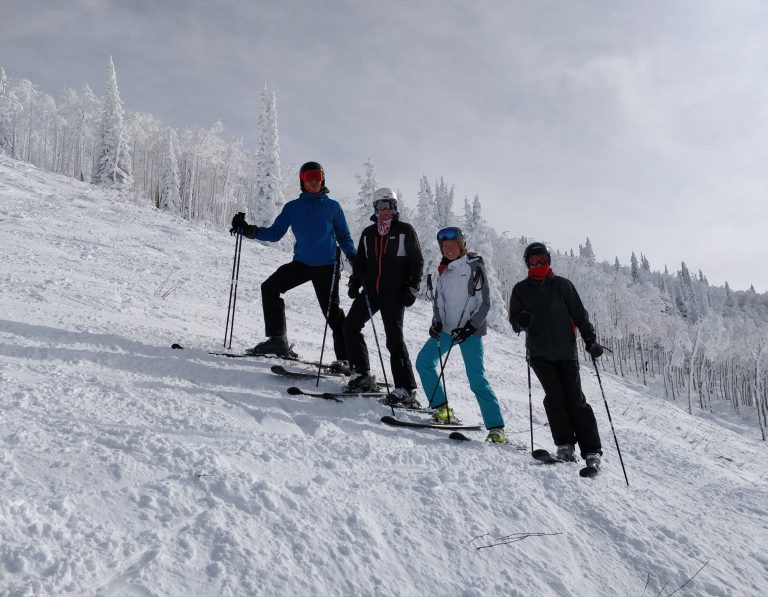The word “safety”, I used to think, has a rather universal meaning. When politicians talk about it, they often call for more investments in the police (at least in Bavaria) or the army (at least in the US). On an individual level, financial security and protection from violence are mainstream safety issues that the world is concerned about. Is there a global definition of what safety means to us human beings? Going abroad has reminded me that this assumption is terribly wrong.
Safety is tremendously subjective. Different people fear different threats and the absence of these threats means safety to them. Still, there seems to be some consensus in different countries or states. Like in Bavaria, where policemen on horses in Munich’s biggest park should make people feel more secure. My currently favorite example, however, is Northwestern University.
Purple safety
It’s 9 pm on September 11th and I’m sitting on the shore of Lake Michigan with my new international friends. The place is idyllic, the sound of crashing waves in our ears and the skyscrapers of Chicago on the horizon, glowing in the dark. Suddenly, an unexpectedly bright light appears on the asphalt footpath leading to the lake, accompanied by the deep growling of a big American car. It’s the police, casually patrolling the lakeshore.
Northwestern’s Campus is an excellent example of a place that tries hard to maximize safety. Our own police department with their Jeeps on constant patrols are just one example among many: Distanced at a maximum of 50 meters, students find emergency pillars with a bright blue light and a big red button to call for help. One of these is in the cover photo of this article. It’s not just about infrastructure though: The university provides a handful of services to enhance your safety. An example is called “saferide”: When you are forced to walk home late, say, after an extensive library session, you can request one of these rides to come and drive you home for no extra costs. Another service is a function in the Northwestern-App that allows your friends to track your way home at night. Following your GPS location, they can be sure you get to your dorm safely.
All of this would seem quite natural to me if this Campus were in an unsafe neighborhood. Looking at the small town of Evanston and its rather wealthy population though, I wonder against whom we are defending the university. A lot of what’s called safety here seems more like hysteria to my Austrian brain.
It’s not just Northwestern University: When I was in Indiana for a volleyball tournament recently, a poster in the locker room caught my attention. Titled “Dangerous Person or Active Aggressor”, it described how to react when being attacked: Run, hide or fight.
Learning to fear
When looking more closely at the poster in Indiana, it became clear that running, hiding or fighting was primarily recommended in the case of a mass shooting. While to me, such events are hardly graspable, people in the US are highly aware of gun violence. It’s one thing we don’t learn to fear in Europe as the odds being shot are basically zero. Coming to Northwestern, the International Office urged us to be sensitive about this topic when talking to Americans. They had a good point: To me, mass shootings are just the consequence of unreasonable legislation, a somehow ridiculous phenomenon. People here, however, perceive them as a permanent threat that must be taken seriously. They have learned to fear them and adjust their safety habits accordingly.
Looking at the gun violence example, we see that our safety needs can increase when we’re aware of a danger. Northwestern’s campus might be “aware” of too many things to be concerned about, but that might also just be my own ignorance.
Learning to feel safe
I want to argue that there’s a remedy to exaggerated safety needs. It’s being exposed to fears and learning to handle unsafe situations.
This week, I met a friend at lunch in the famous “Sargent”-dining hall. The conversation we had serves as a perfect example of how we handle insecure situations.
It started
with me explaining the concept of ski touring. Basically, this sport is the analogue
of hiking in winter with the bonus of skiing down the mountain. I told my
friend that I do this a lot back home and casually mentioned the danger of
avalanches. Every year, numerous skiers in Austria die under the snow and even in
my family a few people were covered by snow masses – they luckily survived.
My friend was shocked by this story, his eyes widening at the thought of immense
snow-covered mountains that have the potential to kill you. “Why would you do
that sport?”, he wondered, considering the danger.
I was not the only one with a story though. “Where you’re from, do you have gang violence?” Judging by my confused look, my friend concluded that this was a strange concept to me. He started telling his story of him growing up on the south side of Chicago. Once he had a gun pointed at him, but more often they had to run away from gangs, “jumping over fences and running down alleys”. Kids knew how to escape, the circumstances required them to have this skill. Just like I know to bring my shovel when going on a ski tour.
We’re all exposed to different threats and learn to handle them. This includes developing skills to guarantee our own safety as well as worrying less about certain dangers.
Safety is a feeling
The US may take safety more seriously than Europe, perhaps too seriously if you ask me. There’s no point in arguing with the university police to patrol the campus less, but it’s worth the effort to learn from this intercultural difference. It reminds us how subjective and how malleable a feeling of security can be. A feeling it is indeed, even if we often try to quantify safety by looking at death – or crime rates. I want to encourage a broader perspective, a more subjective approach to safety. There is no gang violence in the Austrian mountains, but on the other hand, there are no avalanche deaths in flat Illinois. We all have our own definition of safety and threat. It’s fascinating to learn about each other’s impressions.








Great article, Jakob!
Is the south side of Chicago – or rather the place where your friend grew up – a more violent, unsafe part of the city, Jakob? Those stories sound pretty extreme for people of our generation (but maybe it’s just the German instinct again…).
Thanks for your question Qi!
It’s known to be pretty unsafe. My instinct also rejected his stories at first. However, I have once fueled up in this area and the employees of the gas station were hidden behind thick bulletproof glass. They must be fearing pretty violent customers…
Hey I’m the friend from the south side of Chicago. Um so it’s not dangerous per say, like you’re not gonna instantly get robbed if you go. It’s just important to know what and what not to do and what colors to wear and stuff. But it is known to be the dangerous part of Chicago. You can’t generalize it though; a block makes a difference. 79 and Pulaski is a lot different than 79 and Essex. Chicago is a huge place and no street is the same